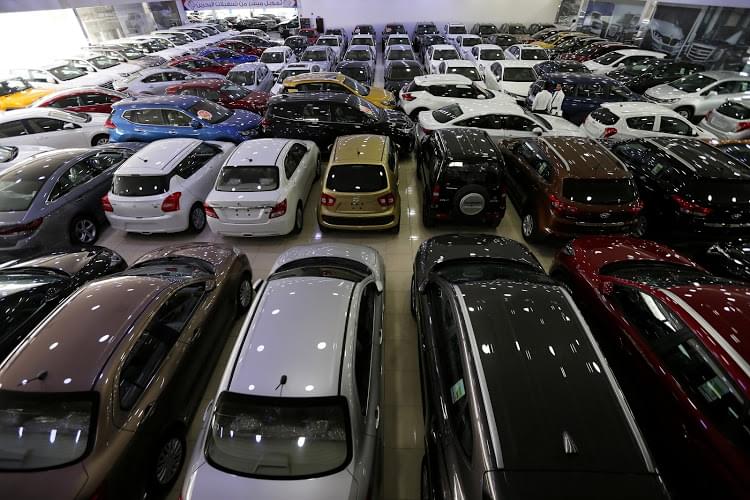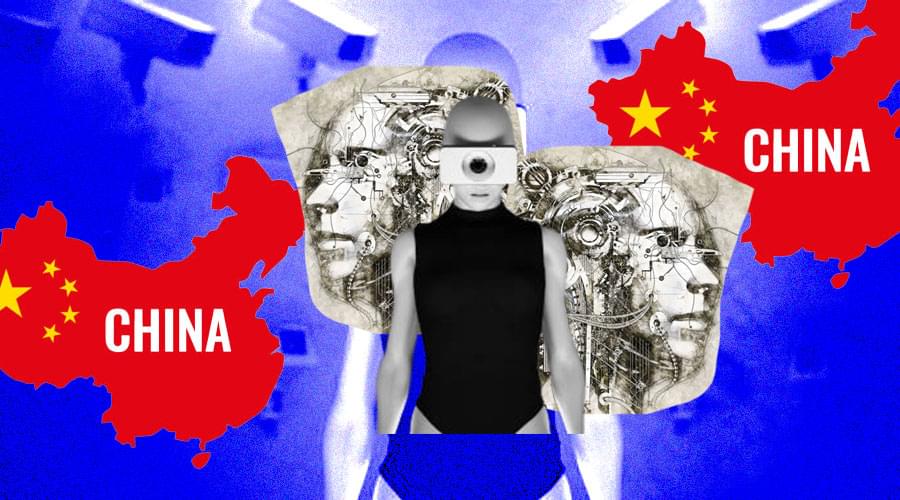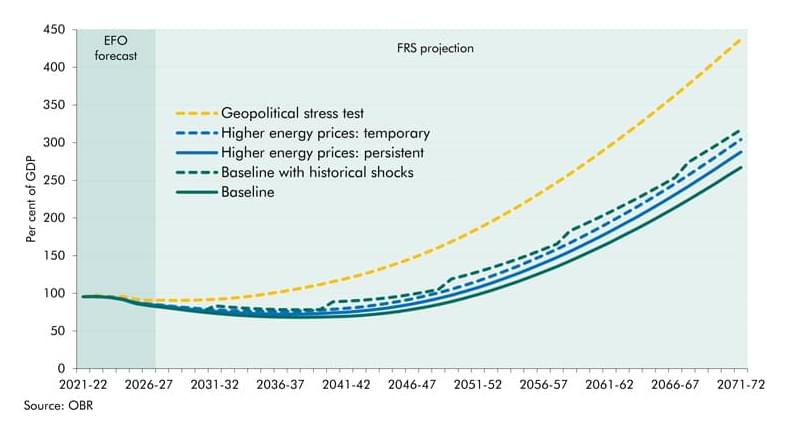A new language model similar in scale to GPT-3 is being made freely available and could help to democratise access to AI.
BLOOM (which stands for BigScience Large Open-science Open-access Multilingual Language Model) has been developed by 1,000 volunteer researchers from over 70 countries and 250 institutions, supported by ethicists, philosophers, and legal experts, in a collaboration called BigScience. The project, coordinated by New York-based startup Hugging Face, used funding from the French government.
The new AI took more than a year of planning and training, which included a final run of 117 days (11th March – 6th July) using the Jean Zay, one of Europe’s most powerful supercomputers, located in the south of Paris, France.







